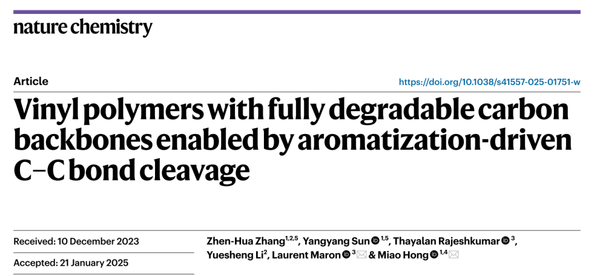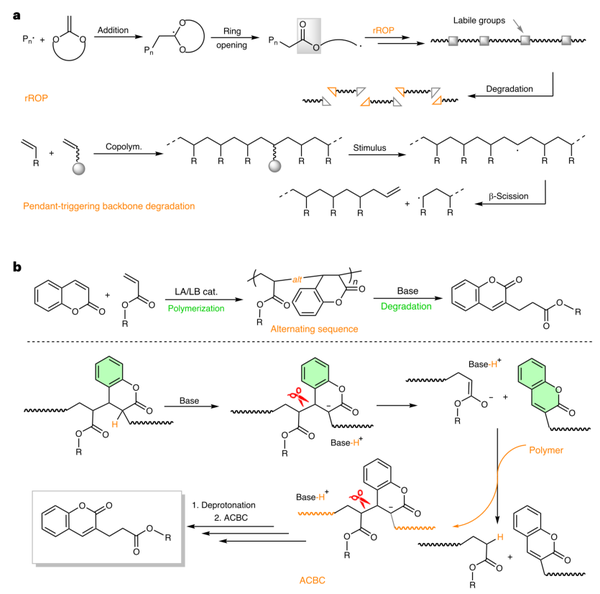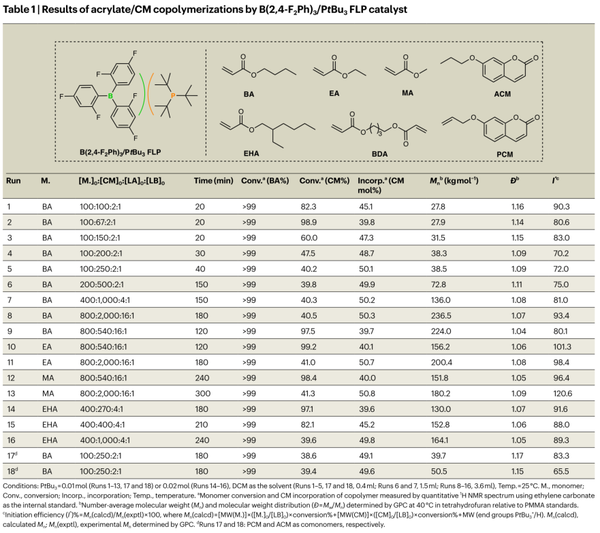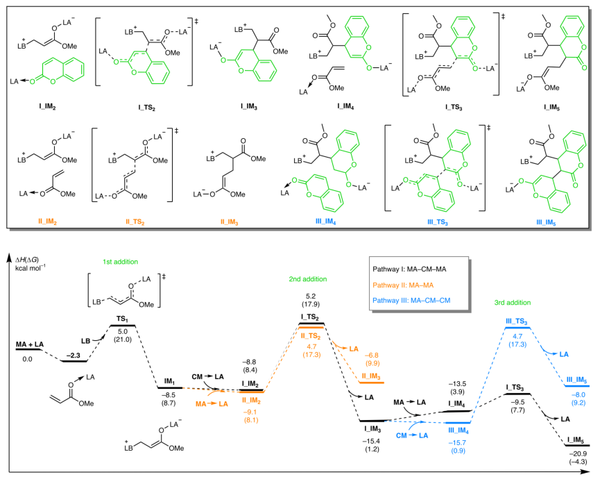Shanghai Institute of Organic Chemistry, degradable carbon backbone acrylic polymer! Latest in Nature Chemistry
Researcher Hong Miao from the Shanghai Institute of Organic Chemistry, Chinese Academy of Sciences, and Laurent Maron from the University of Toulouse III collaborated to publish a groundbreaking study in Nature Chemistry, successfully developing a novel degradable carbon backbone acrylic polymer based on coumarin (CM). This material not only possesses mechanical and optical properties comparable to those of traditional polymethyl methacrylate (PMMA), but under the action of strong alkali, the alternating copolymer can utilize aromatization as a thermodynamic driving force, effectively breaking the main chain C-C bonds to completely degrade at room temperature, producing pure, pharmacologically valuable molecules, thus obtaining a durable, robust, and fully degradable carbon backbone acrylic polymer.

【Research Background: The Challenge of Carbon Skeleton Plastic Degradation】
Data shows

Figure 1. Different strategies for producing degradable vinyl polymers.




Figure 4. Physical properties of acrylate/CM copolymer.

Figure 5. Degradation behavior of acrylate/CM copolymer.
[Insights from the Results]
This study achieved the efficient, active, and alternating copolymerization of acrylates with CM for the first time by developing a novel B(2,4-F2Ph)3/PtBu3FLP synergistic catalyst. Incorporating simple, commercially available, and biorenewable CM into the main chain has two aspects:
Providing new carbon backbone acrylic polymers as robust, transparent thermoplastics, whose key thermal, optical, and mechanical properties are comparable to or better than PMMA, thanks to the rigid cyclic structure of CM units;
(2) More importantly, the effective cleavage of main-chain C-C bonds is achieved by utilizing aromatization as a thermodynamic driving force (ACBC). Under the action of strong bases, the alternating copolymers can be completely degraded into pure and pharmacologically valuable molecules at room temperature.
The unprecedented chemical reaction introduced in this article provides new durable, robust, and fully degradable acrylic polymers that will find practical applications in a variety of fields, ranging from sustainable plastics to functional polymers such as nanolithography.
Finally, if advanced catalysts that can be incorporated into CM can be designed, then the ACBC strategy could also make energy-saving degradation/depolymerization of other carbon backbone polymers (such as polystyrene, polyvinyl chloride, polybutadiene, and even polyethylene) feasible.
【Copyright and Disclaimer】The above information is collected and organized by PlastMatch. The copyright belongs to the original author. This article is reprinted for the purpose of providing more information, and it does not imply that PlastMatch endorses the views expressed in the article or guarantees its accuracy. If there are any errors in the source attribution or if your legitimate rights have been infringed, please contact us, and we will promptly correct or remove the content. If other media, websites, or individuals use the aforementioned content, they must clearly indicate the original source and origin of the work and assume legal responsibility on their own.
Most Popular
-

List Released! Mexico Announces 50% Tariff On 1,371 China Product Categories
-

Nissan Cuts Production of New Leaf EV in Half Due to Battery Shortage
-

New Breakthrough in Domestic Adiponitrile! Observing the Rise of China's Nylon Industry Chain from Tianchen Qixiang's Production
-

Dow, Wanhua, Huntsman Intensively Raise Prices! Who Controls the Global MDI Prices?
-

Mexico officially imposes tariffs on 1,400 chinese products, with rates up to 50%






